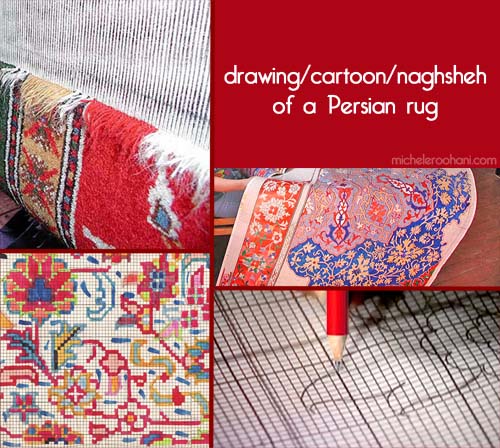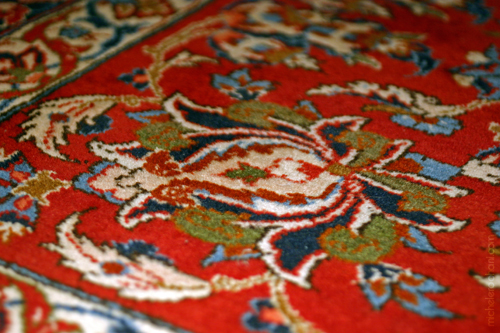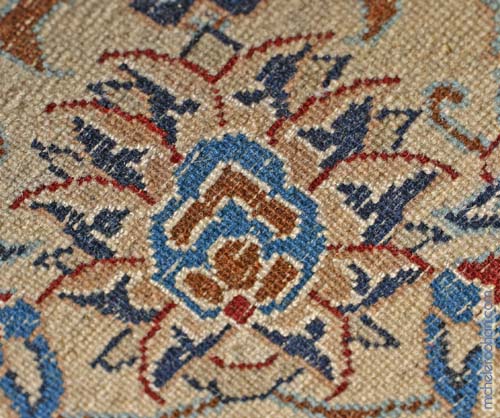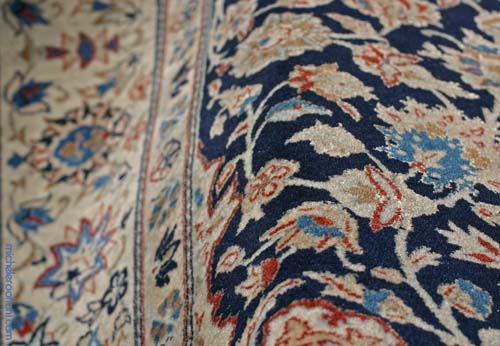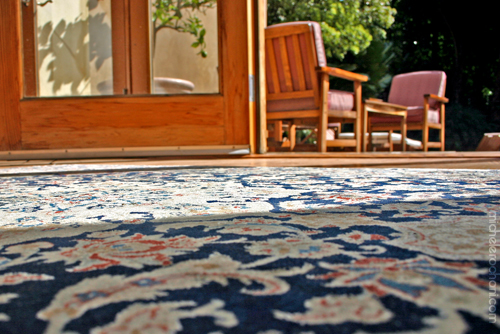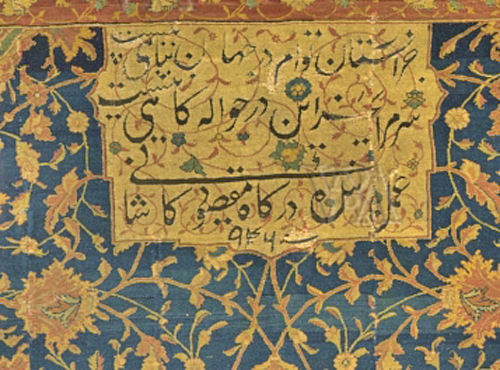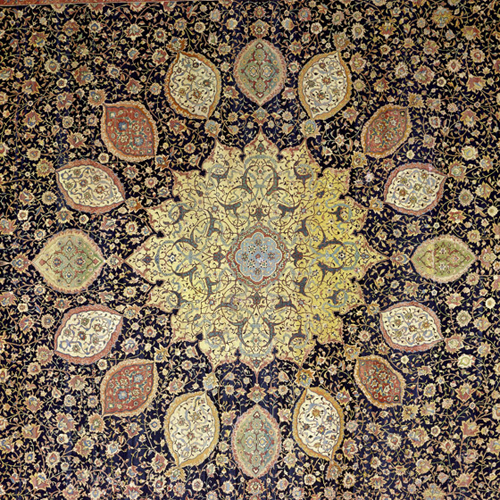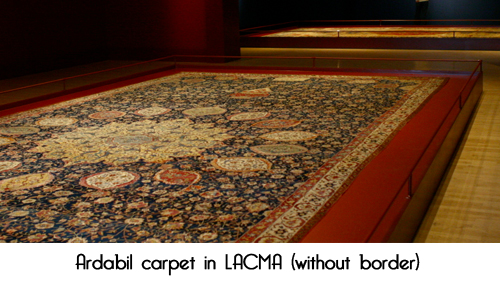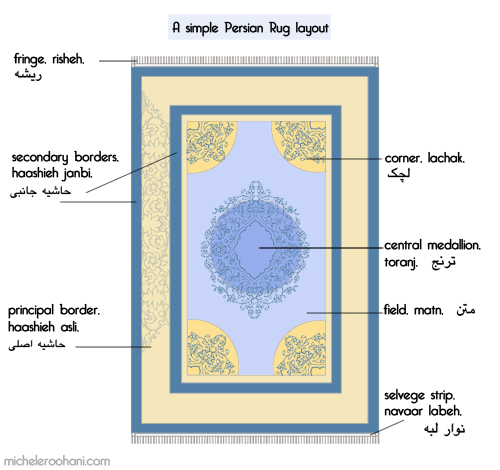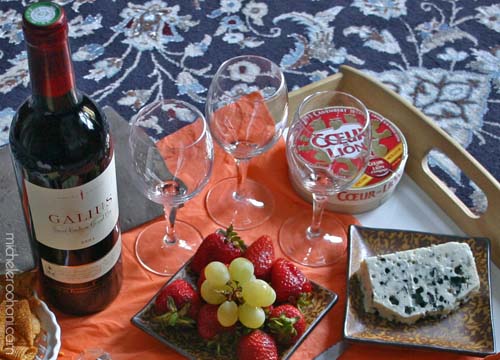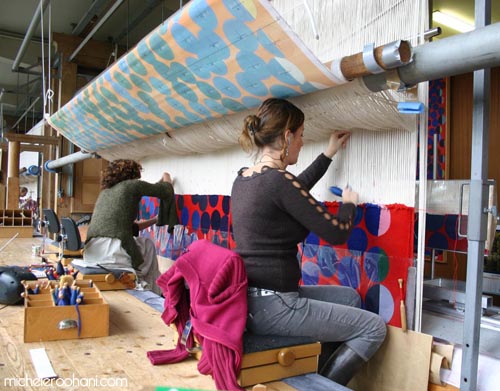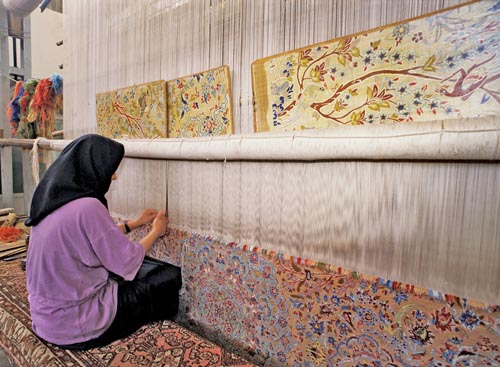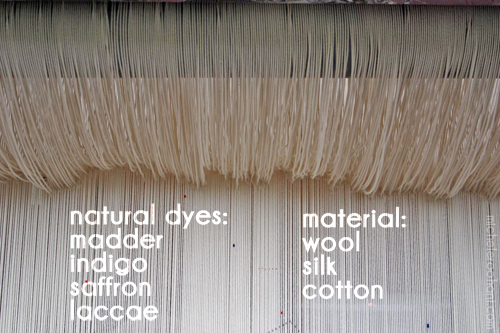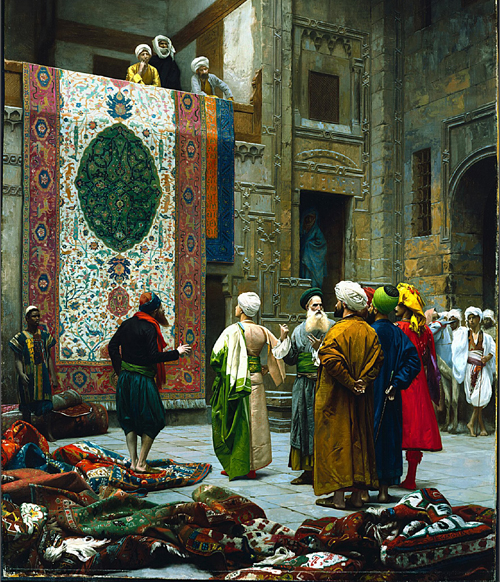Being Iranian, I am fascinated by Persian rugs and the exquisite uniqueness that defines them. The art of carpet weaving in Iran is deeply connected with the culture and the customs of the country.
Being away from California, surrounded by snow in Switzerland and far from my natural “soft fascinations” (read flowers, sunshine, rustling trees) I am experiencing a funny sense of “ecoanxiety” that may be cured by writing about my favorite permanent garden: the Persian Rug…
The designs (naghsheh or cartoon—a grid on paper with spaces colored to guide rug weavers in selecting pile yarns) are still mostly drawn by hand even though computers are doing wonders in this field.
Iranians are literally conceived, born and brought up on Persian rugs! Warmed by their soft and comfortable texture, touching, caressing, lying down and relaxing on them, comes naturally to Persians. The rugs add warmth underfoot like my favorite red carpet with these gorgeous Shah Abbasi patterns (with floral and leaf motifs mainly in the form of lotus blossoms):
The density of tightly woven Persian knots (or guereh) are the calibrating tool for the quality of the rug,
a good Nain rug may have 500 kpsi or 500 knots per square inch (farsibaaf, asymmetric or Persian pile knot.)
This is how a flower looks on the back of this Nain (Na’in):
and the same carpet from the front:
Like most textiles, carpets consist of warps (tar) and wefts (pud). The warps are the threads running the length of the carpet. The wefts are the threads that run across its breadth. This is the same carpet spread out:
Persian rugs go by region (cities mostly— like Tabriz, Esfahan, Nain, Kashan, Kerman, etc…) and each region has its MasterWeaver brand. A small encased signature can usually be found in the minor border like Habibian in Nain, Pirouzian in Tabriz and Taghavi in Bijar.
The most important signature must be Maqsud Kashani’s (from 1540) on the famous pair of Ardabil Carpets. A poem of Hafez is woven into the cartouche:
“Except for thy threshold, there is no refuge for me in all the world.
Except for this door there is no resting place for my head.”
جز آستان توام در جهان پناهی نیست
سر مرا بجز این در حواله گاهی نیست
The Ardabil Carpets have an interesting story: the lower field and border of one of them has been used to restore the other (now in Victoria and Albert Museum in London). The used and abused twin sister was kept in the dark (not to outshine the V&A version) until 1931 and finally found her way to Los Angeles County Museum of Art in 1965.
After exhaustive restoration done to the dazzling beauty, the LACMA sister was finally shown last year (look at how they had to wash it!)
The Ardabil carpets are the world’s oldest dated and historically important carpets in the world. This is the twin sister in Victoria and Albert museum in London:
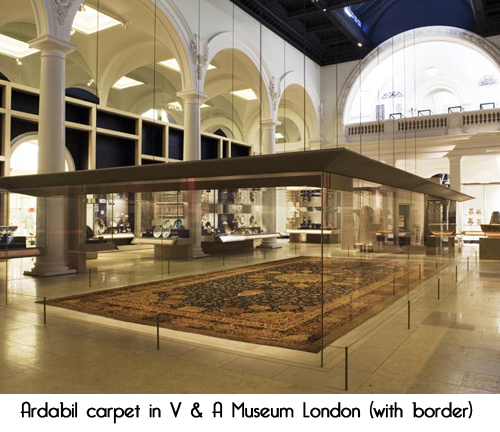
It all comes down to this fundamental design that I just finished reproducing for the blog:
A love for fine Farsh (rug in persian) may be one of the few things that Shahs and Mullahs have always agreed upon!
Even though I have visited the great Manufacture des Gobelins some years ago,
I am dying to see the real thing in Iran,
and take some great pictures.
I will leave you with this superb painting of my favorite Orientalist painter, Gerôme, called The Carpet Merchant (ca 1887):
A great site to get acquainted with Persian rugs: Farsh Mashad
Weaving Art Museum here
About different motifs and style here


